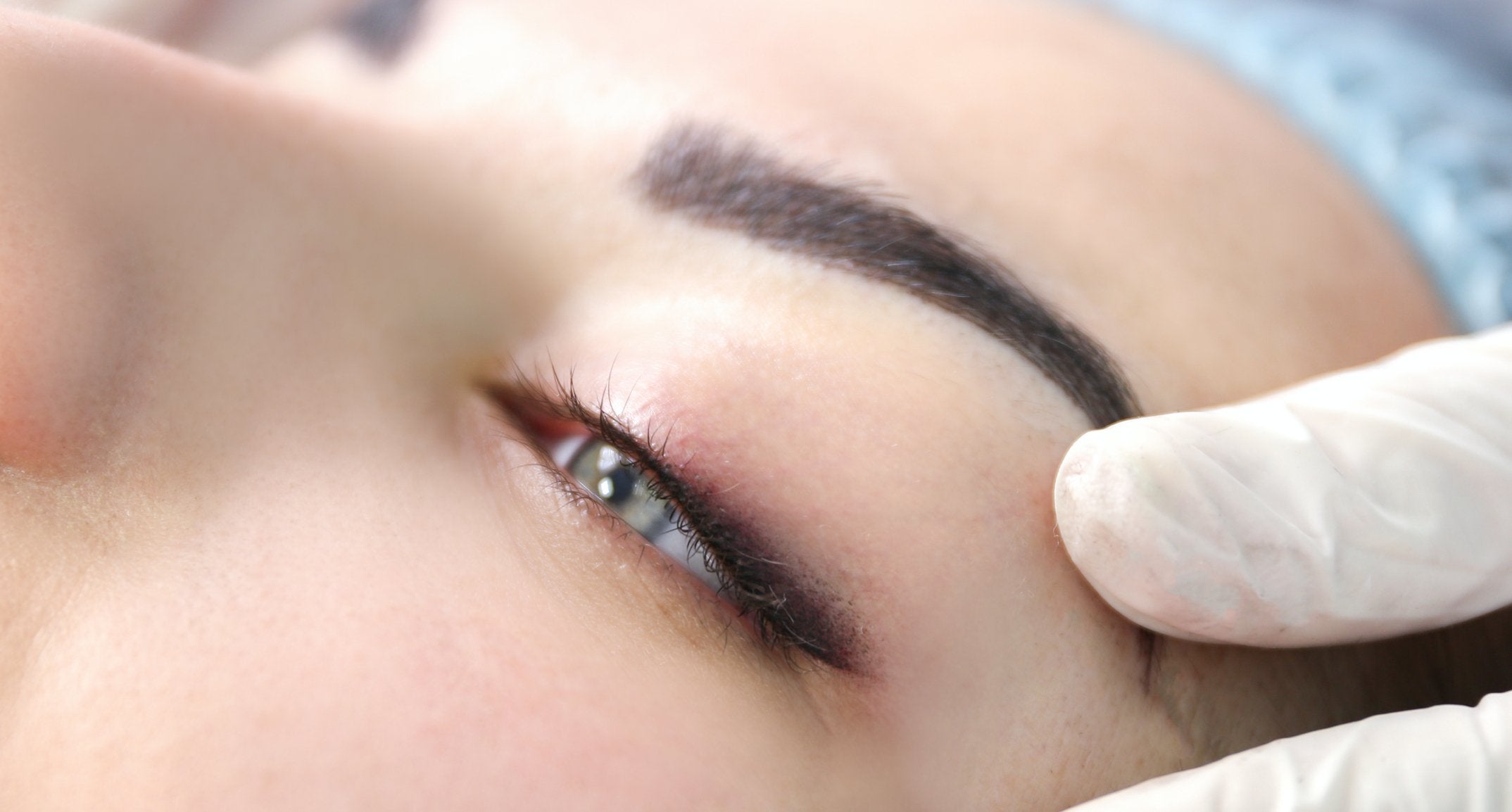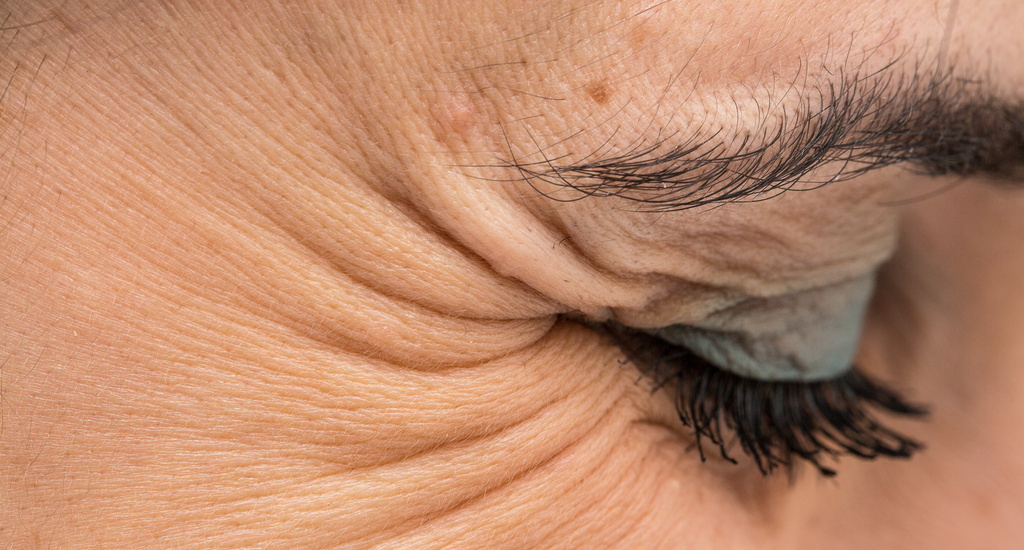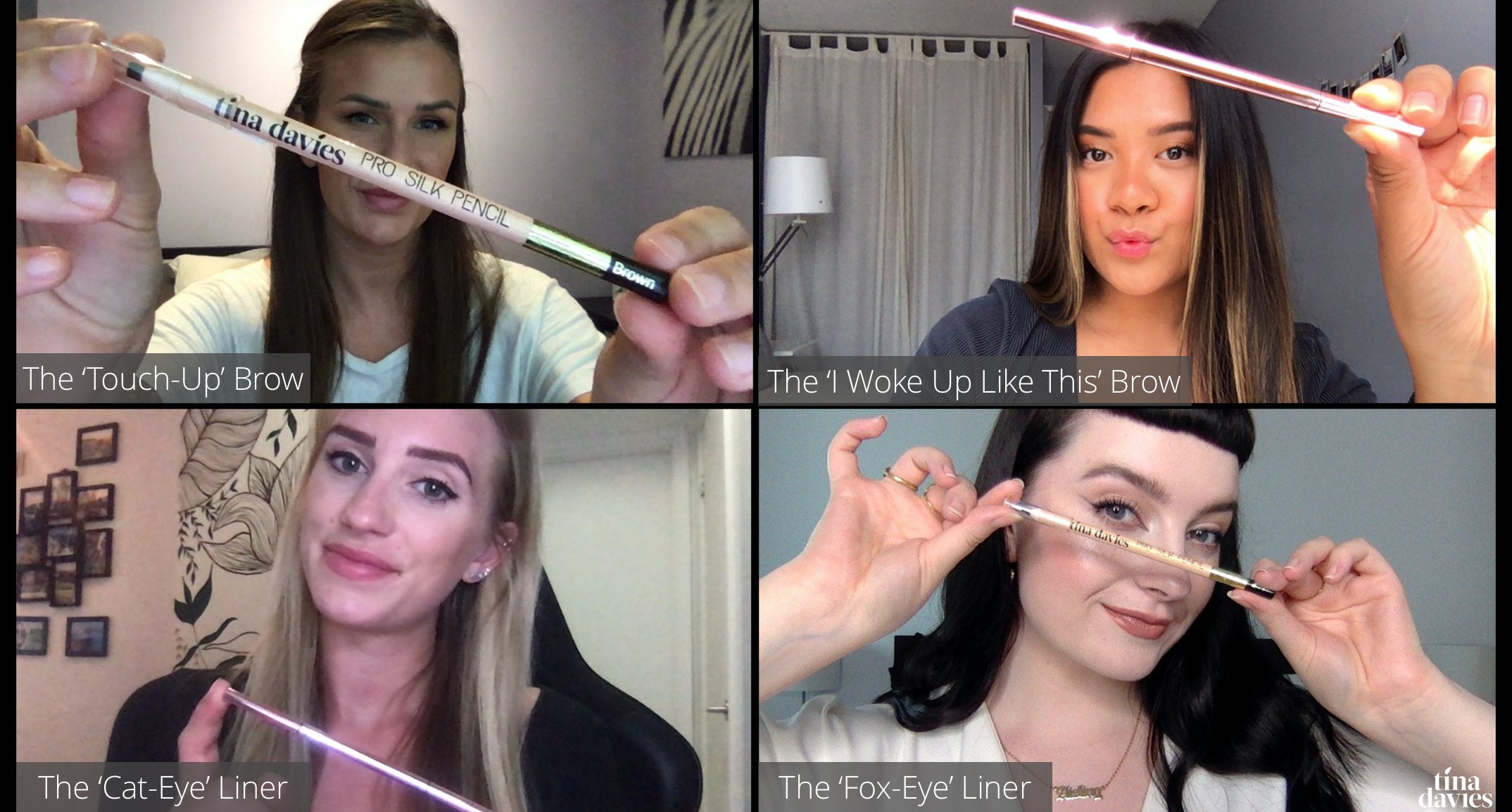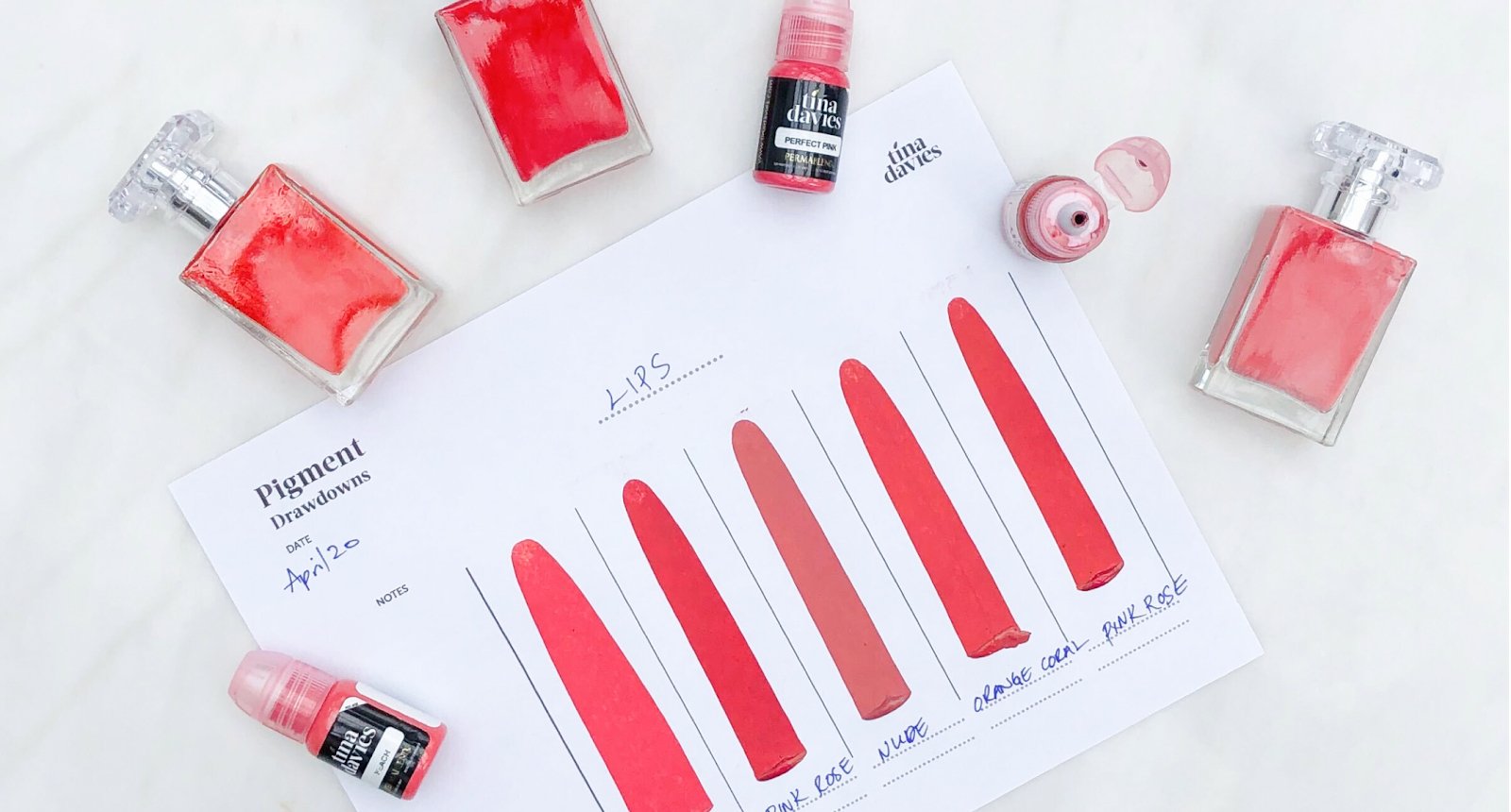
How to Select the Right Perma Blend Eyeliner Color

Performing a successful permanent eyeliner procedure can be a daunting task for most artists. It is considered an advanced skill due to the tricky location of the procedure (around the soft tissue of the eyes), the proper stretching techniques required, and the level of skill it takes to draw and tattoo perfectly shaped tapered lines on eyelids that are often wrinkled.
Also, choosing the right color while avoiding migration is a top priority, especially in cases of clients with Fitzpatrick skin types 1-2 and also in mature skin over 50 years old.

Remember that the skin around the eyes is amongst the thinnest parts of the body so you must be extra careful to implant to the upper layer of the dermis quickly and effectively to reduce the risk of migration, especially if you are working with inks containing carbon.

Thin and transparent skin as noted by the visible veins on the upper eyelids

An artist’s biggest challenge: lax skin around the eyes
The best color to bring the eyes forward and enhance their appearance are deep, dark colors such as black, black/brown, purple or navy. Dark and deep colors CONTRAST against the color of the eyes and pupils, making them “pop” and look bigger. Other colous such as grey or charcoal are softer but may not provide the contrast to make the eyes look brighter. A good way to guide your client towards the right color choice is to draw various eyeliner colors on her eyes so she can be sure before she takes the big step of permanent eyeliner.
Here are the various pigment ingredients to understand, and tattoo techniques that you must consider, before performing each and every eyeliner procedure:
Carbon Based Pigments
Carbon-based pigments are thin in viscosity. The micron size of the pigment is 10 to 20 times smaller than iron oxide-based pigments. Therefore, it goes into the skin very easily.
They also have historically been the type of pigment that run the risk of migration.
Due to this, we recommend that carbon-based eyeliners should only be used by experienced artists.
Iron-Oxide Based Pigments
Iron-Oxide based pigments have larger molecules and act like other normal body tattoo pigments. It has a high “lightfastness number” that helps them retain color better over time. Additionally, these pigments have a lesser chance of migration due to its larger molecules.
If you consider yourself a beginner, stick to IRON-OXIDE based eyeliner pigments that have larger molecules and a lesser chance of migration.
How to work with carbon and iron oxide-based pigments:
- On your PMU machine, start at a low power and gradually bump up the power if needed.
- Be VERY light-handed. If you are aggressive and heavy-handed, you can cause a “blow out” or migration.
- Pin and stretch the skin so it is flat and void of wrinkles. Do not let your needle hit the skin until this requirement is met, otherwise the needle “bounces” off the skin without ink deposit.
- Tattoo only at a 60-90 degree angle with a light touch.
- Use a larger needle configuration such as a 5 Round Shader .30 mm Point Taper or 7 Round Shader .30 mm Point Taper for easier deposit and more coverage vs. a 1 or 3 point needle. Remember that larger shader needle configurations in a grouping are less traumatic on the skin, especially around the eyes.
Refer to our handy Introduction to I ❤️ INK Precision Needle Cartridges blog post to select the right needle for you and your client’s desired outcome.
⚡️ Pro TIP: to minimize the chance of migration, constantly keep the needle moving and never “dwell” in one spot.
How to identify carbon and iron-oxide based pigments
With Perma Blend’s full range of beautiful permanent makeup pigments, choosing and distinguishing black eyeliner colors can be confusing and overwhelming. But not to worry, we got you covered and carry Perma Blend’s extensive line of blacks to suit any skill level and client preference.
To help identify if these eyeliner pigments are carbon or iron-oxide based, you must look into the pigment’s Color Index to determine which colors contain carbon, iron oxide, or the mix of both.

Click here to download and print this eyeliner guide
Click to discover:
⚫️ Perma Blend Eyeliner Black (Carbon)
⚫️ Perma Blend Double Black (Carbon)
⚫️ Perma Blend Black Beauty (Iron Oxide)
⚫️ Perma Blend Blended Black (Carbon + Iron Oxide)
⚫️ Perma Blend Blackish Brown (Iron Oxide + Carbon)
Perma Blend Eyeliner in Real Life



Eyeliner Black by @bea_pmu_academy
Complete Color Index MSDS/CTL Certificates page.
How to select the right needle for you and your client’s desired outcome Introduction to I ❤️ INK Precision Needle Cartridges
CI No. 77266 - Black 6 (Carbon)
Double Black:
CI No. 77266 - Black 6 (Carbon)
Blackish Brown:
CI No. 21095 - Yellow 14
CI No. 77266 - Black 6 (Carbon)
CI No. 56110 - Red 254
Blended Black:
CI No. 77266 - Black 6 (Carbon)
CI No. 77499 - Black 11 (Iron Oxide)
Black Beauty:
CI No. 77499 - Black 11 (Iron Oxide)



1 comment
Thank you for featuring our work from @bea_pmu_academy 🥰🥰
Alexandra Mechenici
Leave a comment
This site is protected by hCaptcha and the hCaptcha Privacy Policy and Terms of Service apply.